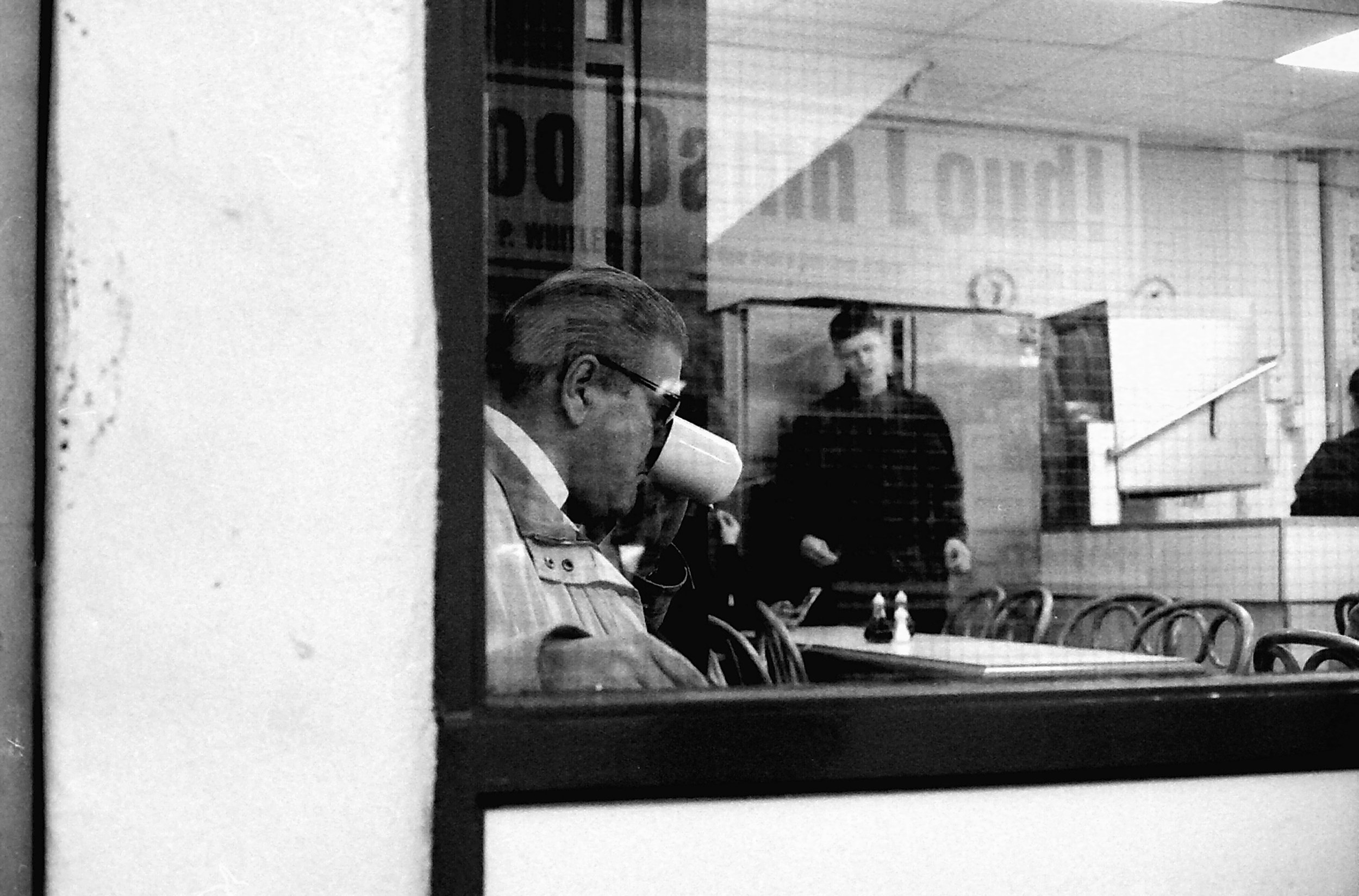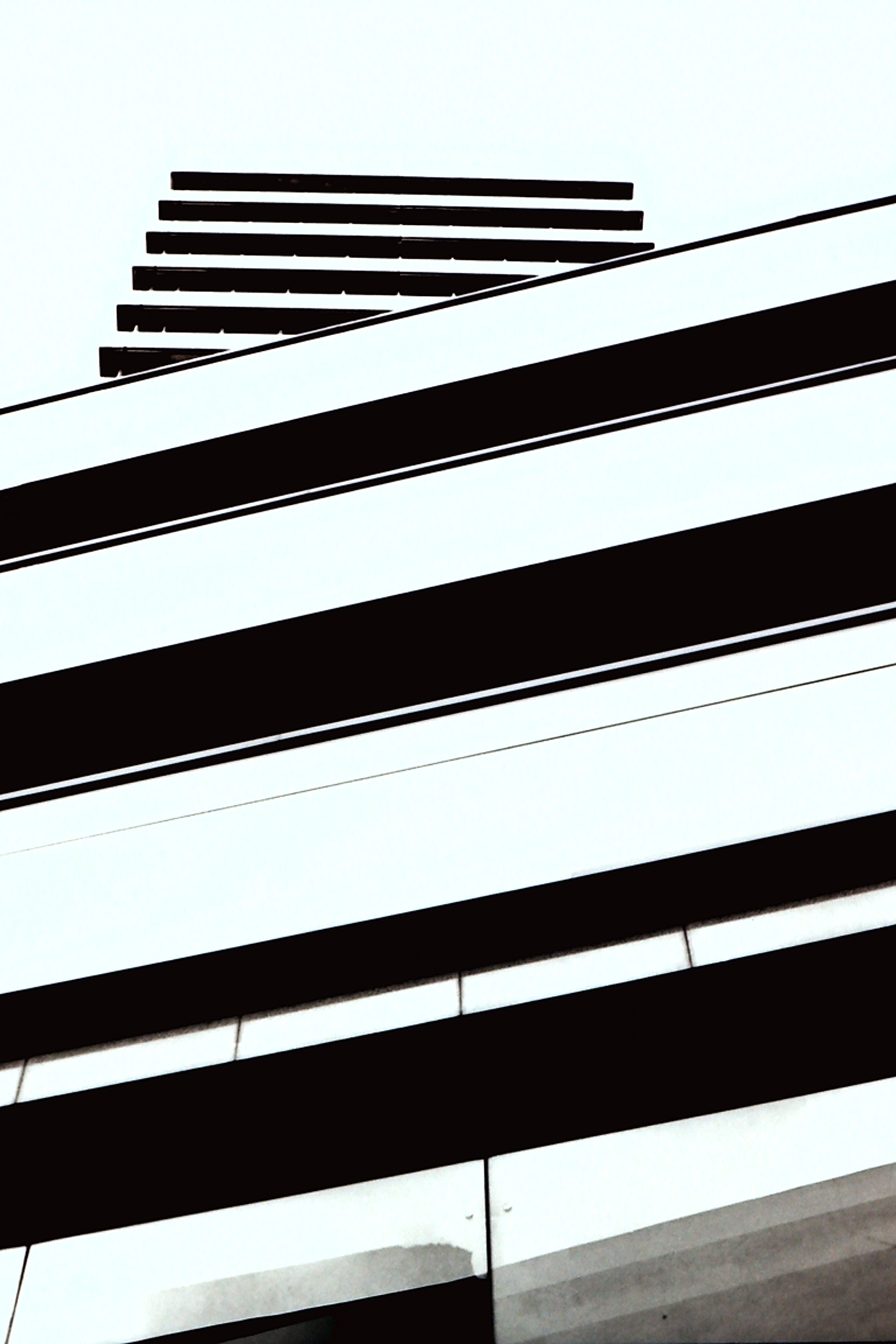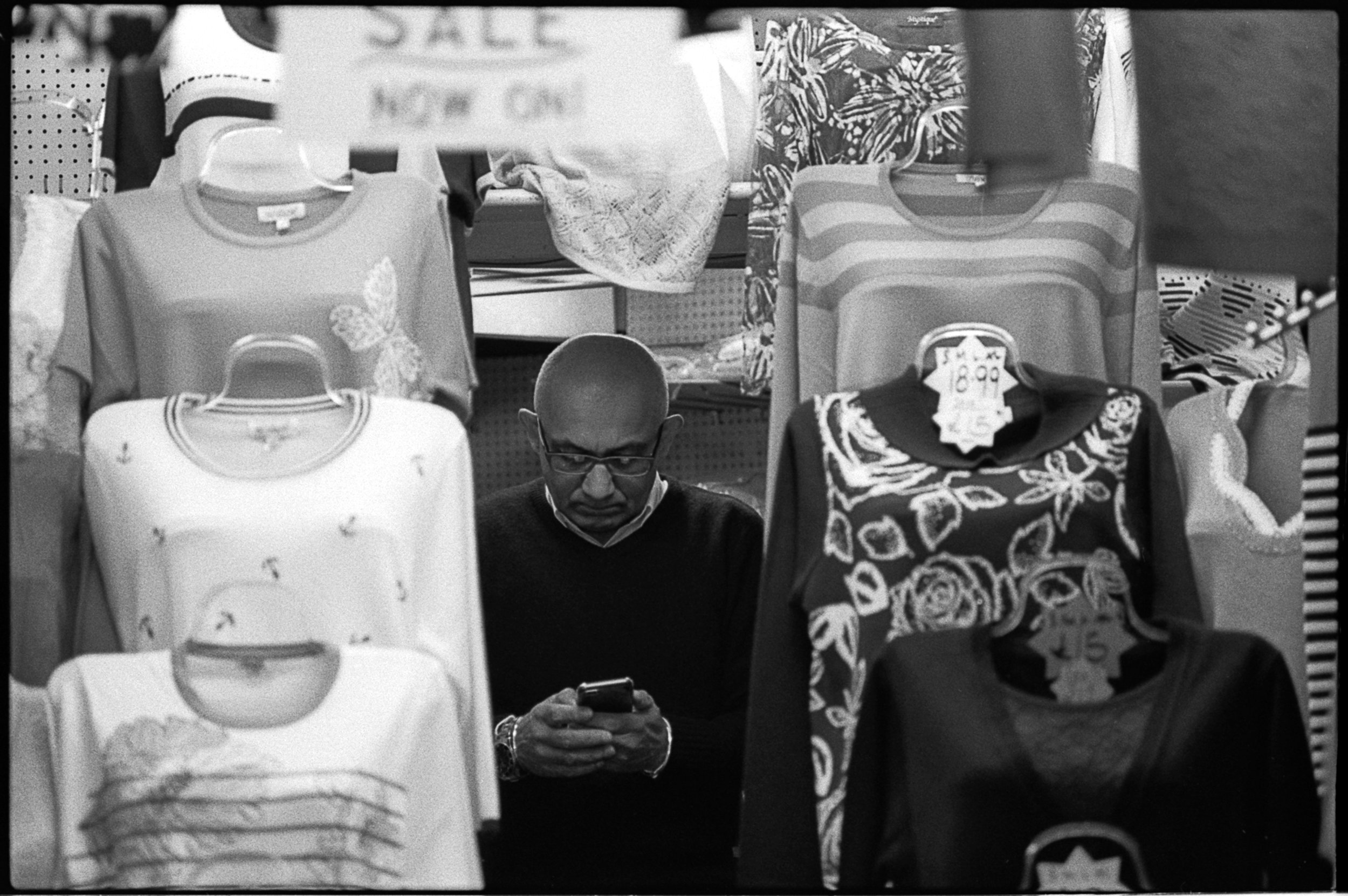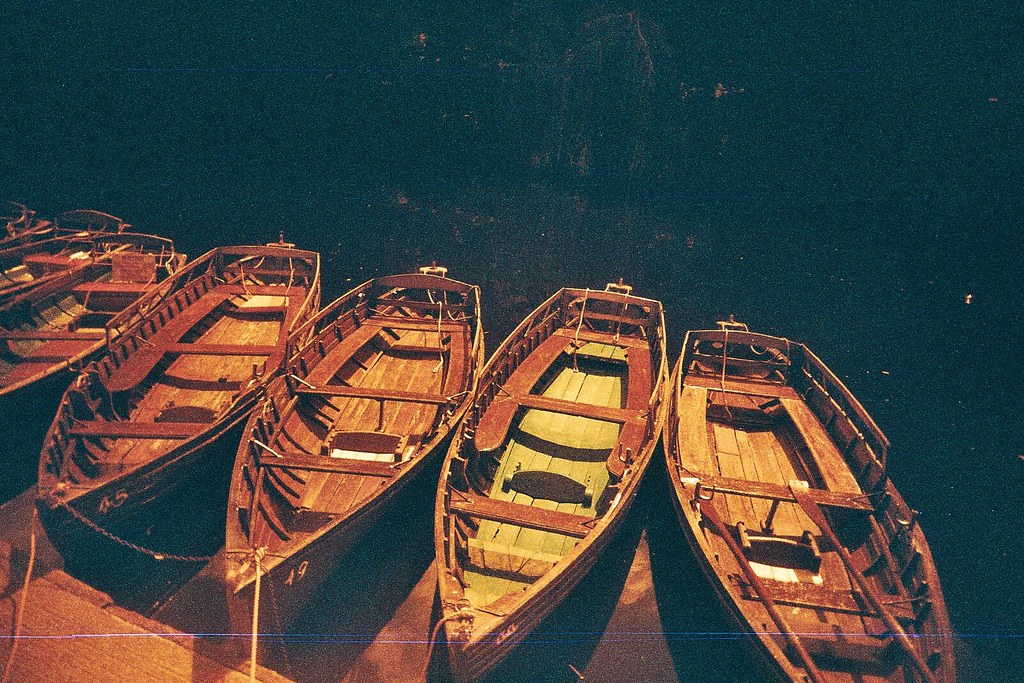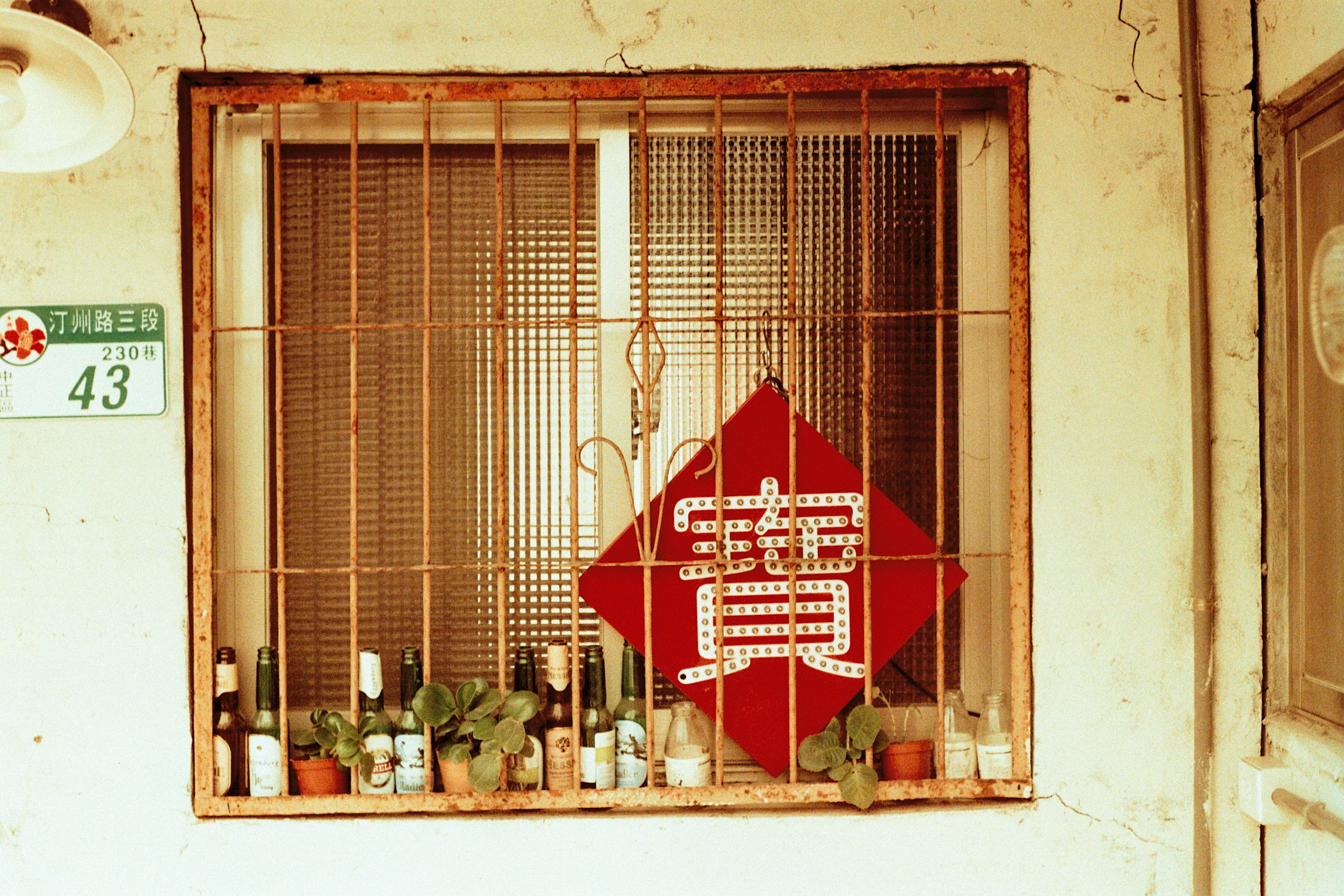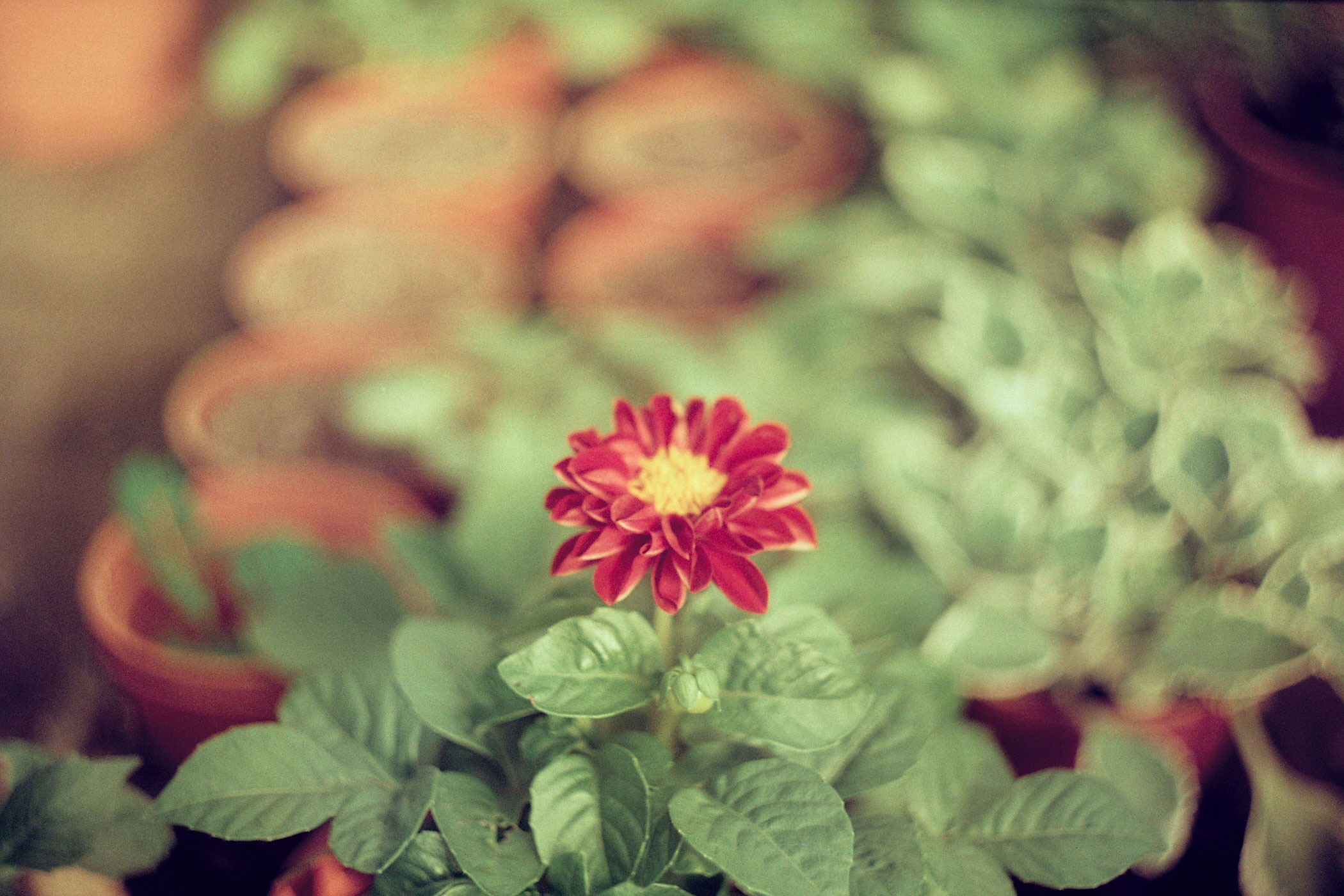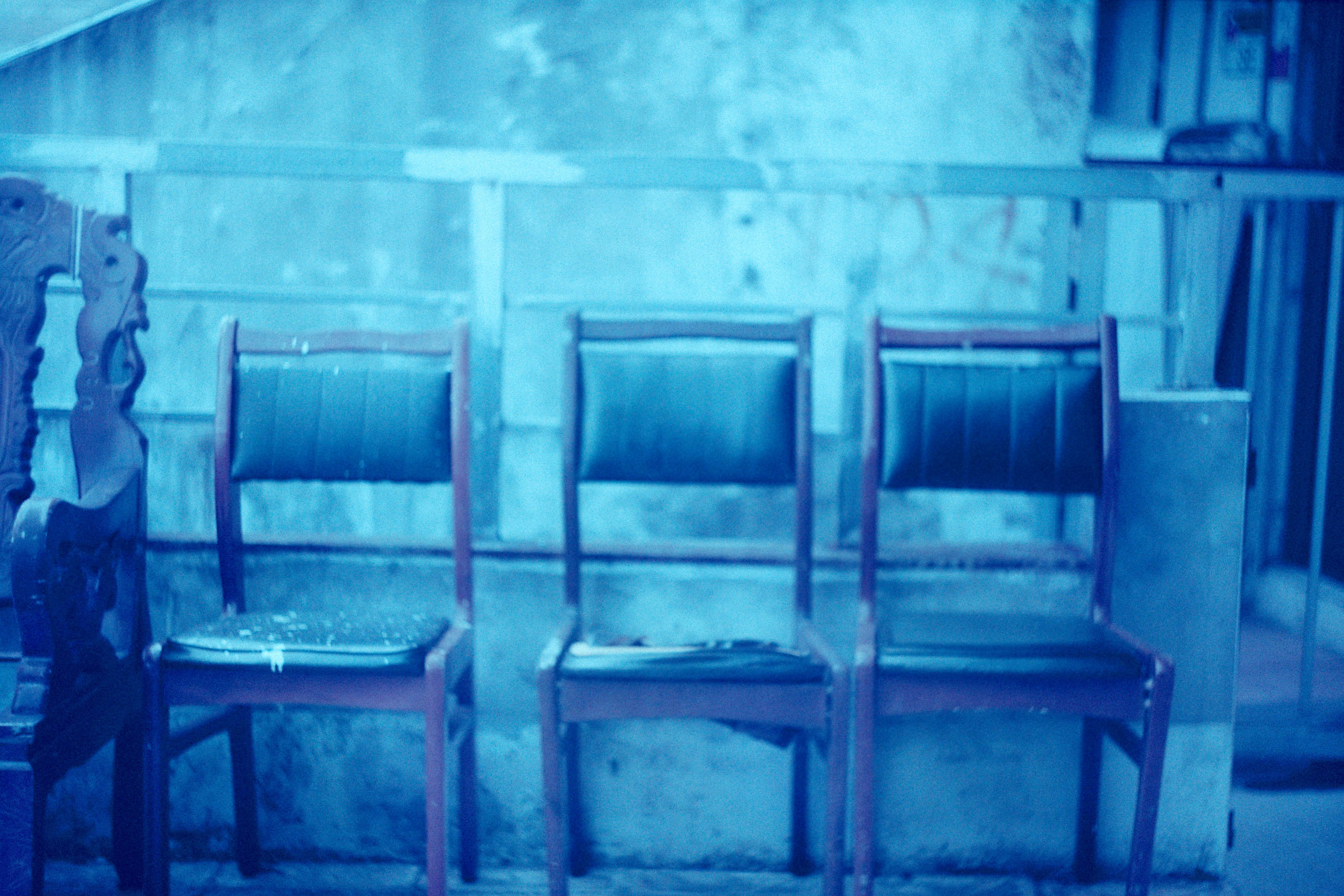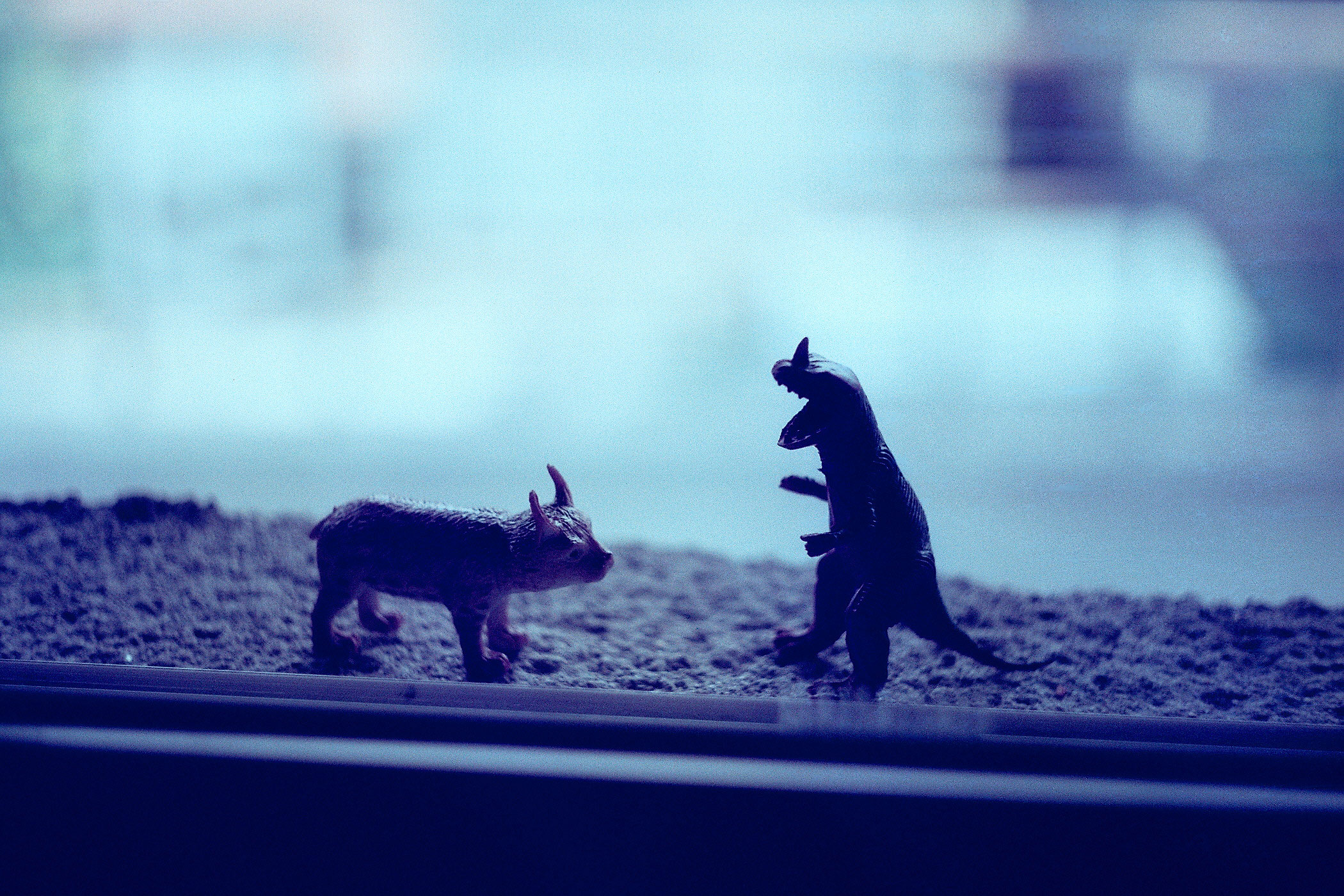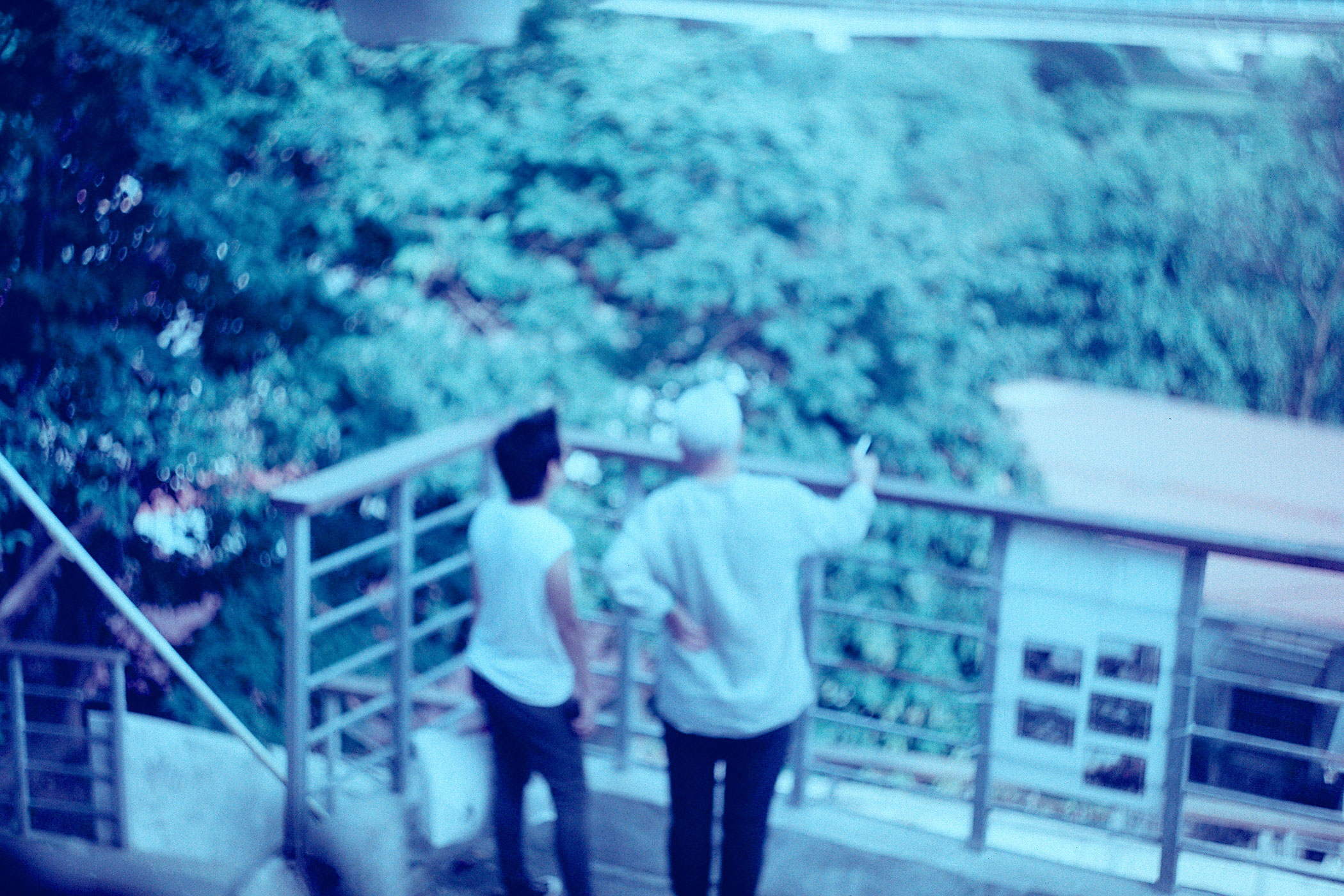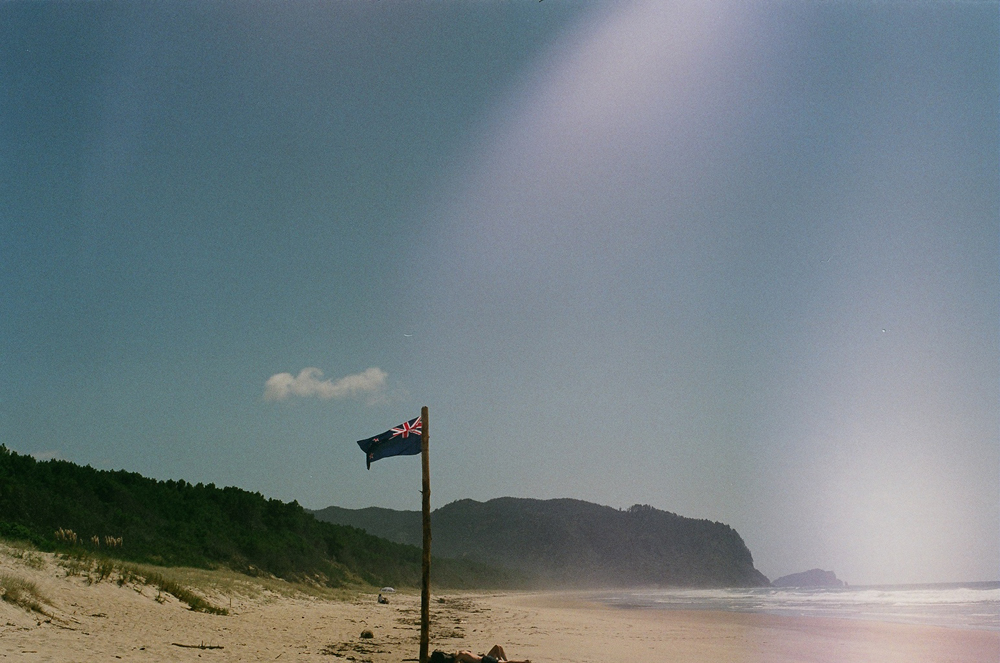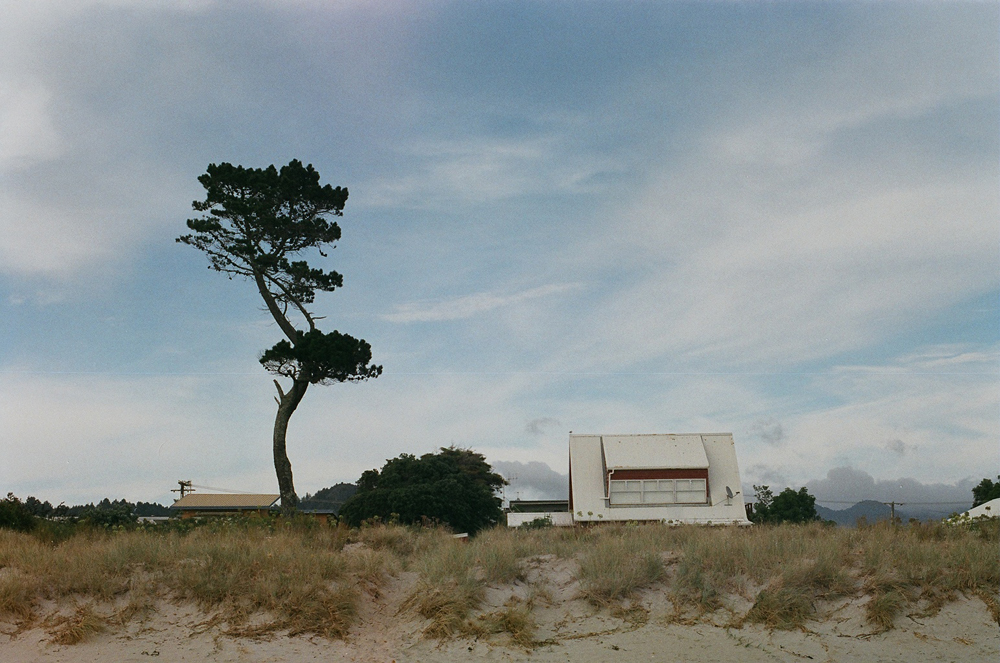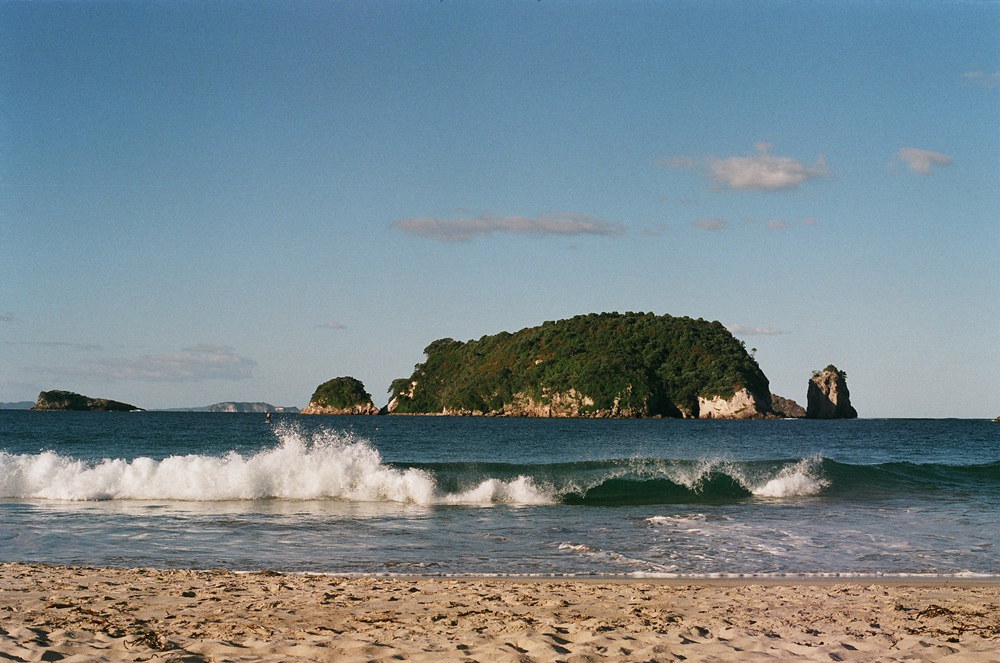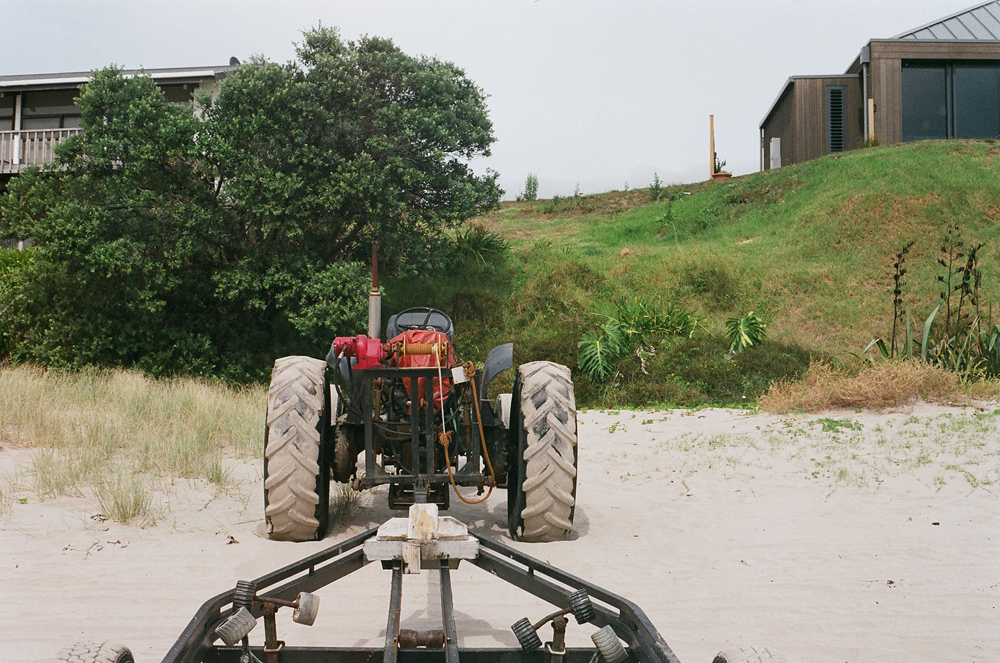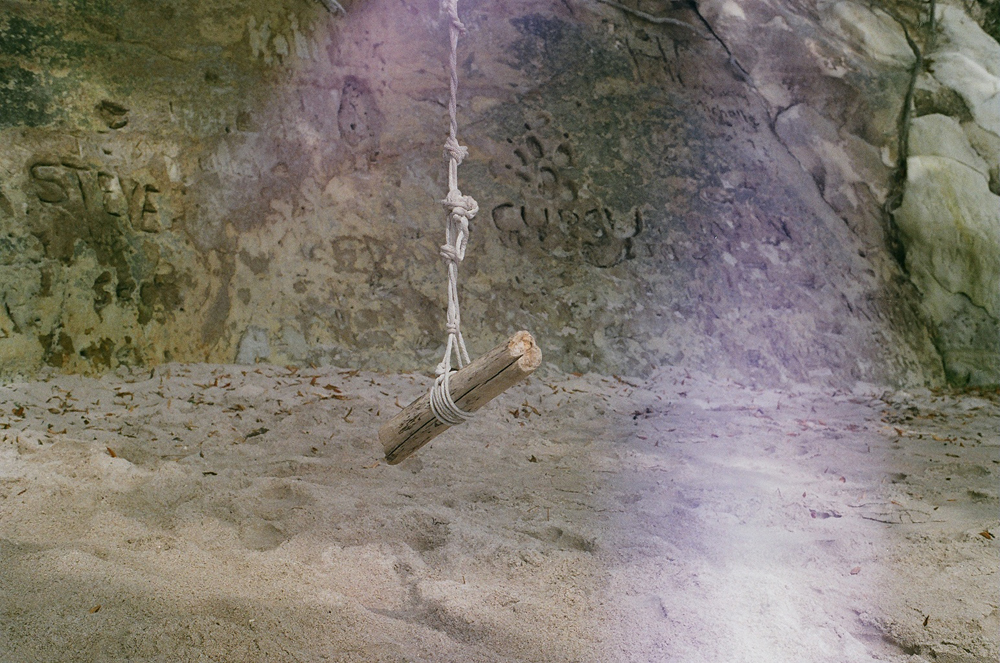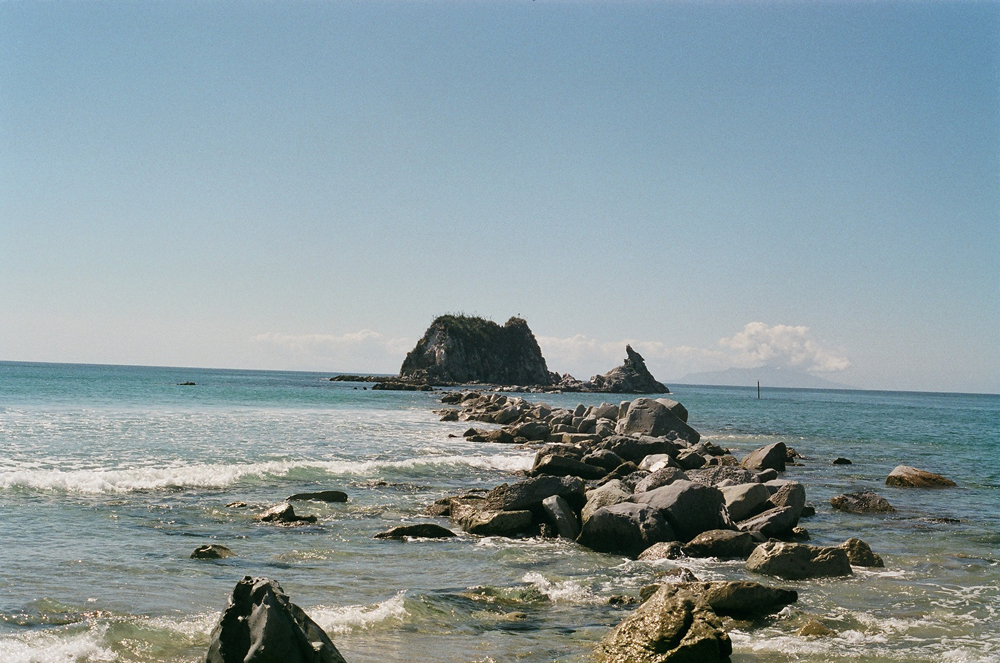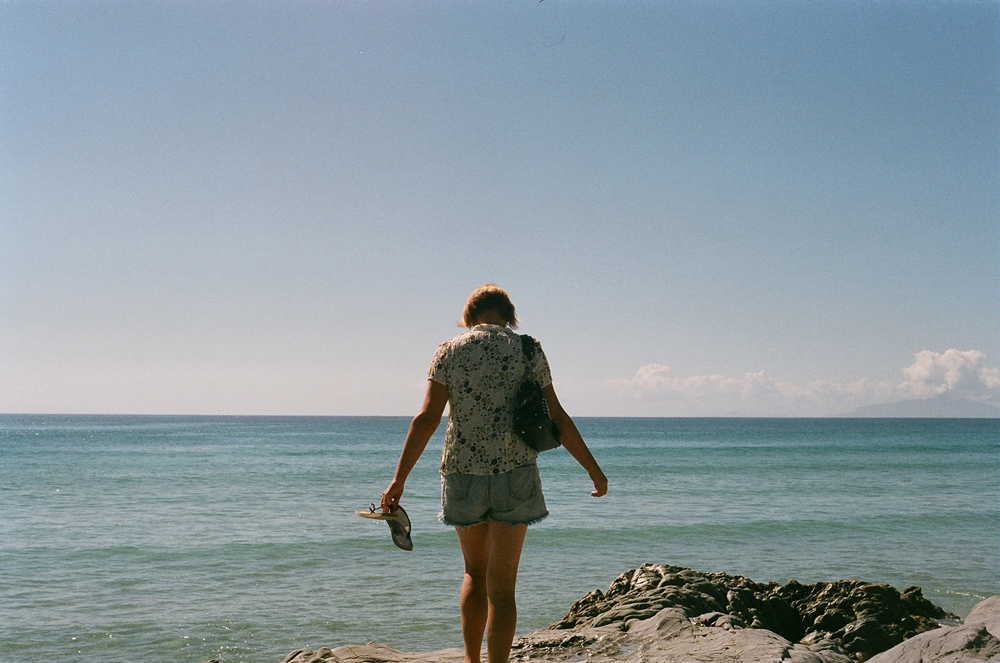It's been a while since I featured someone else's photos of Leeds here but I was fortuitous to see Paul from Reece Photography photos on Twitter recently. And luckily for all of us he said yes to being featured here too! Thank you so much Paul.
One of my favourite things about photography is that it really shows how people see things so differently - the things I choose to photograph in Leeds are different to someone else's and the way they capture it too, is different again. I love these differences and that photography allows us to express them.
What do you think so far? If Dianne showed Leeds as dirty - Paul 100% shows Leeds as brutal - yet there is a softness there too, of the people who move through the brutality and even thrive in it. I love both sides of Leeds and how Paul has managed to capture that so wonderfully too.
If you love these, please do check out Paul's website Reece Photography. Paul is also on Twitter and Instagram too, so have a look!
For more 'Leeds Through Their Eyes' photos click here.
These photos are used with Paul's permission so please do not reuse them.
